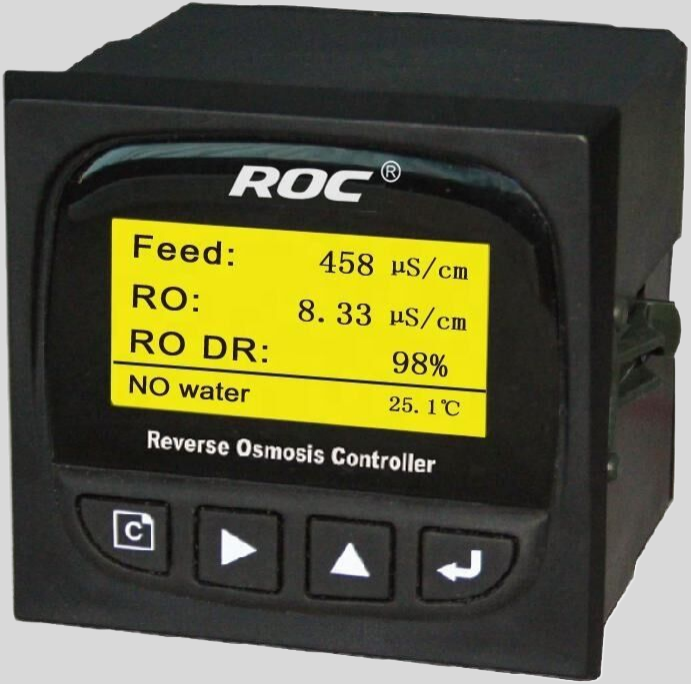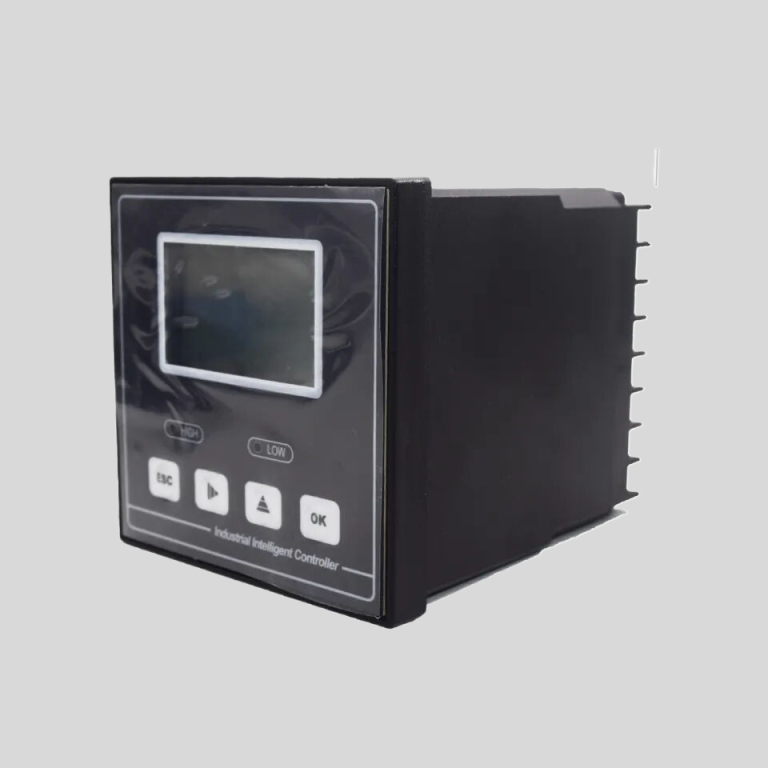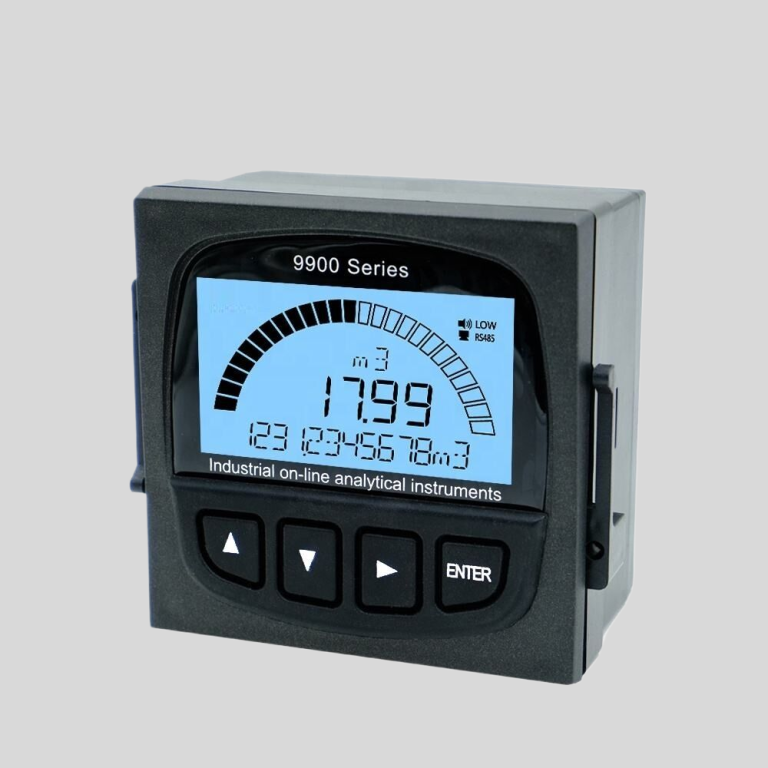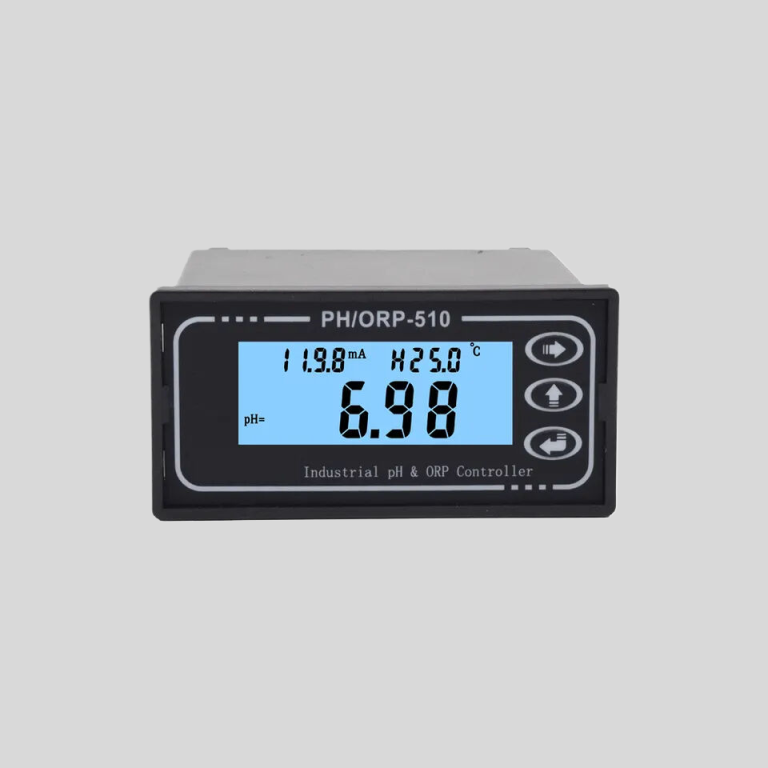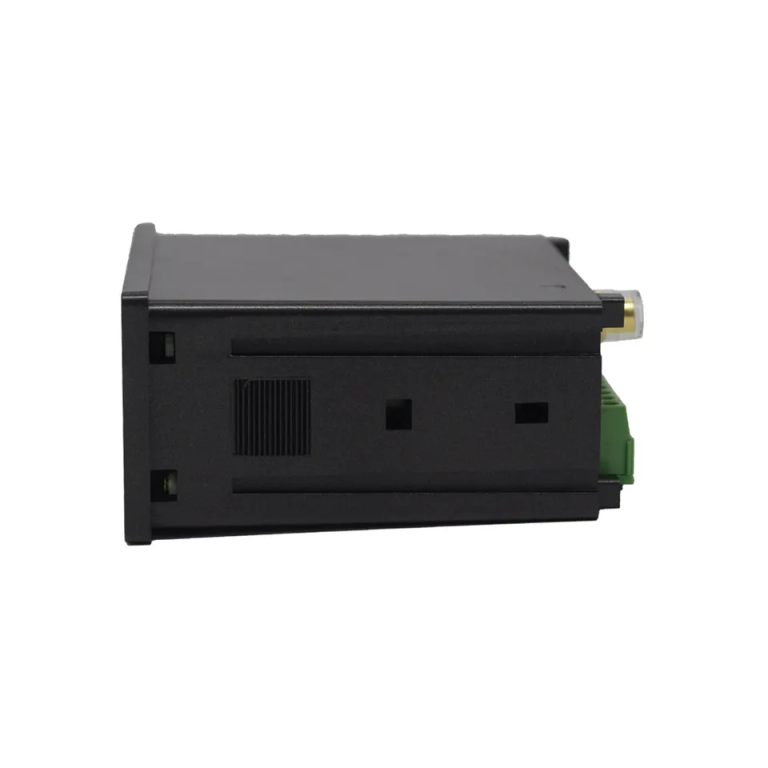Table of Contents
Benefits of Using Low Cost dissolved oxygen sensors in Aquaculture
Aquaculture, the farming of aquatic organisms such as fish, shellfish, and plants, has become an increasingly important industry in meeting the growing demand for seafood worldwide. One critical factor in successful aquaculture operations is maintaining optimal water quality, including dissolved oxygen levels. Dissolved oxygen is essential for the survival and growth of aquatic organisms, as it is necessary for respiration and metabolism. Monitoring dissolved oxygen levels in aquaculture systems is crucial to ensure the health and productivity of the aquatic organisms being farmed.
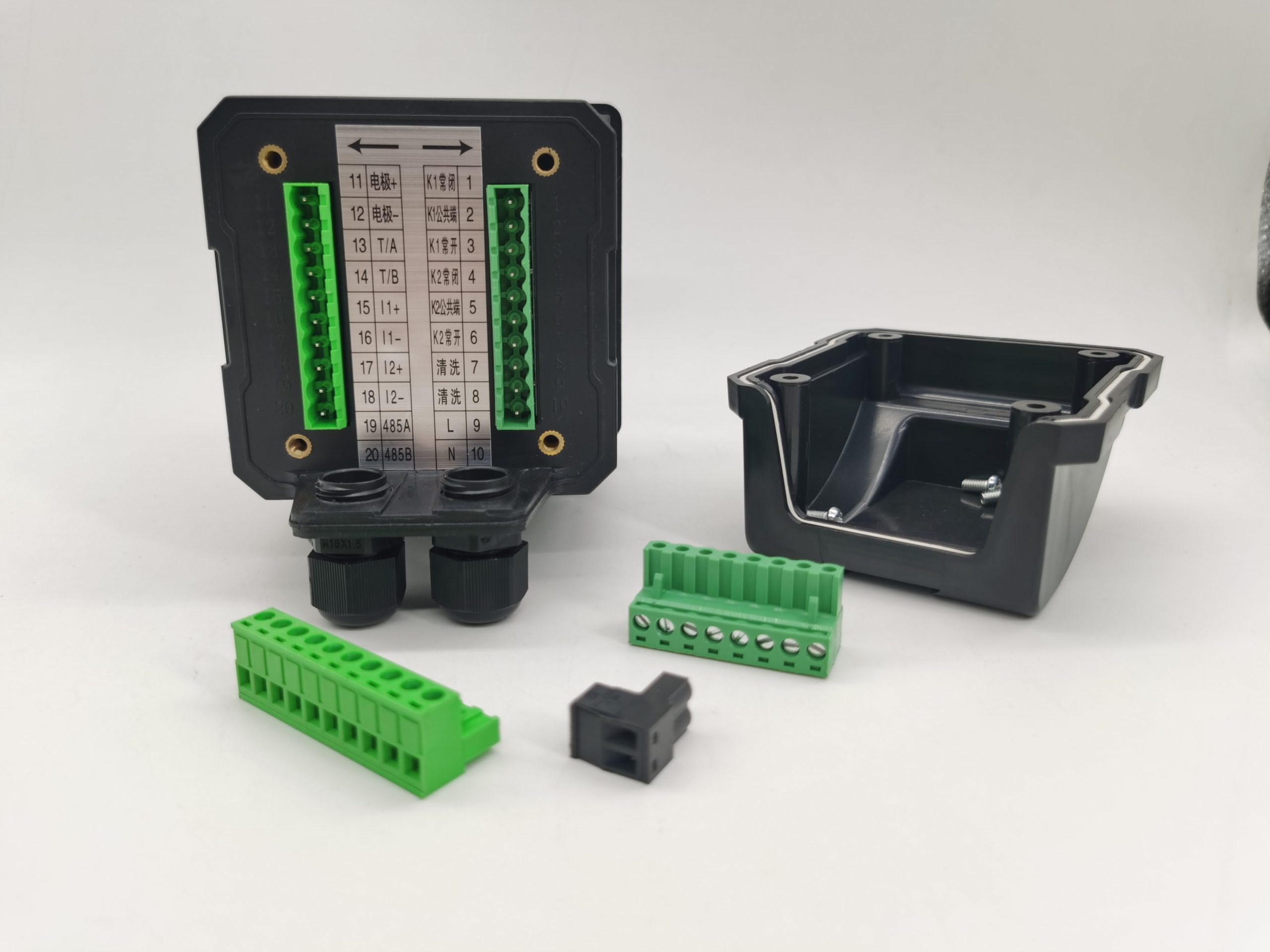
Traditionally, dissolved oxygen sensors used in aquaculture have been expensive and required regular calibration and maintenance. However, recent advancements in sensor technology have led to the development of low-cost dissolved oxygen sensors that offer a more affordable and convenient solution for aquaculture operations. These sensors provide accurate and reliable measurements of dissolved oxygen levels in water, allowing aquaculturists to monitor and maintain optimal conditions for their aquatic organisms.
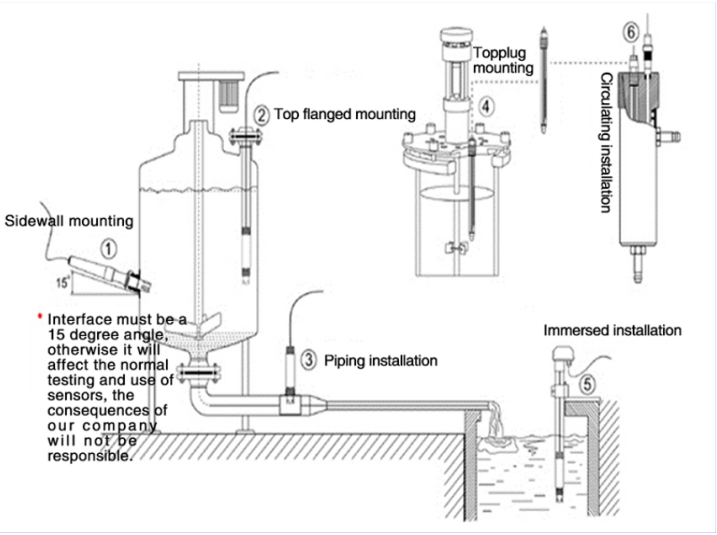
One of the key benefits of using low-cost dissolved oxygen sensors in aquaculture is cost savings. Traditional dissolved oxygen sensors can be expensive to purchase and maintain, making them a significant investment for aquaculture operations. In contrast, low-cost sensors are more affordable, allowing aquaculturists to equip their systems with multiple sensors for comprehensive monitoring without breaking the bank. This cost-effective solution enables aquaculturists to make informed decisions about water quality management without compromising on accuracy or reliability.
In addition to cost savings, low-cost dissolved oxygen sensors offer greater convenience and ease of use for aquaculturists. These sensors are typically designed to be user-friendly, with simple installation and operation procedures. Many low-cost sensors are also equipped with wireless connectivity, allowing aquaculturists to remotely monitor dissolved oxygen levels in real-time from their smartphones or computers. This remote monitoring capability provides aquaculturists with greater flexibility and control over their operations, enabling them to respond quickly to any changes in water quality.
Furthermore, low-cost dissolved oxygen sensors are often more durable and require less frequent calibration and maintenance compared to traditional sensors. This durability and reliability make low-cost sensors ideal for long-term use in aquaculture systems, reducing the need for frequent sensor replacements and maintenance costs. This reliability ensures that aquaculturists can trust the accuracy of their dissolved oxygen measurements, allowing them to make informed decisions about water quality management with confidence.
| FCT-8350 Flow Transmitter | |
| Measurement range | Instantaneous flow:(0~2000)m3/h;Accumulated flow:(0~99999999)m3 |
| Flow rate | (0~5)m/s |
| Applicable pipe diameter | DN 25~DN 1000 for selection |
| Resolution | 0.001 m3/h |
| Renew interval | 1S |
| Accuracy | 2.0 level |
| Repeatability | ±0.5% |
| Probe input | Range :0.5Hz~2KHz;Power supply:DC 12V(instrument supply) |
| Analog output | (4~20)mA,Instrument/transmitter for selection; |
| Control output | Semi-conductor photo electronic relay,Load current 50mA(max),AC/DC 30V |
| Control mode | Instantaneous flow high/low limit alarm, flow variable frequency conversion |
| Working power | DC24V |
| Power consumption: | <3.0W |
| Cable length | 5m as standard ; or(1~500)m for selection |
| Working environment | Temp.:(0~50)℃;relative humidity≤85%RH(non condensation) |
| Storage environment | Temp.:(-20~60)℃; relative humidity:≤85%RH(non condensation) |
| Protection level | IP65(with back cover) |
| Dimension | 96 mm×96 mm×94mm (H×W×D) |
| Hole size | 91mm×91mm(H×W) |
| Installation | Panel mounted,fast installation |
Overall, the benefits of using low-cost dissolved oxygen sensors in aquaculture are clear. These sensors offer cost savings, convenience, and reliability, making them an attractive option for aquaculturists looking to optimize their operations. By investing in low-cost sensors, aquaculturists can ensure the health and productivity of their aquatic organisms by monitoring and maintaining optimal water quality conditions. With the advancements in sensor technology, low-cost dissolved oxygen sensors have become an essential tool for modern aquaculture operations.
Comparison of Different Low Cost dissolved oxygen sensors on the Market
dissolved oxygen sensors are essential tools in various industries, including environmental monitoring, aquaculture, and wastewater treatment. These sensors measure the amount of oxygen dissolved in water, providing valuable data for maintaining water quality and ensuring the health of aquatic ecosystems. While traditional dissolved oxygen sensors can be expensive, there are now low-cost options available on the market that offer reliable performance at a fraction of the cost.
| Model | EC-510 Intelligent conductivity meter |
| Range | 0-200/2000/4000/10000uS/cm |
| 0-18.25MΩ | |
| Accuracy | 1.5%(FS) |
| Temp. Comp. | Automatic temperature compensation |
| Oper. Temp. | Normal 0~50℃; High temp 0~120℃ |
| Sensor | C=0.01/0.02/0.1/1.0/10.0cm-1 |
| Display | LCD Screen |
| Communication | 4-20mA output/2-10V/1-5V/RS485 |
| Output | High/Low limit dual relay control |
| Power | AC 220V±10% 50/60Hz or AC 110V±10% 50/60Hz or DC24V/0.5A |
| Working Environment | Ambient temperature:0~50℃ |
| Relative humidity≤85% | |
| Dimensions | 48×96×100mm(H×W×L) |
| Hole Size | 45×92mm(H×W) |
| Installation Mode | Embedded |
One popular low-cost dissolved oxygen sensor is the Atlas Scientific EZO dissolved oxygen sensor. This sensor is designed for easy integration with microcontrollers and data loggers, making it ideal for DIY projects and research applications. The sensor uses a galvanic cell to measure dissolved oxygen levels, providing accurate readings in a wide range of water conditions. With a simple calibration process and low power consumption, the Atlas Scientific EZO dissolved oxygen sensor is a cost-effective solution for monitoring dissolved oxygen levels in various settings.
Another low-cost option is the Sensorex S8000 Series dissolved oxygen sensor. This sensor features a durable design with a replaceable membrane cap, making it suitable for long-term use in harsh environments. The S8000 Series sensor uses a polarographic measurement method to provide accurate dissolved oxygen readings, making it a reliable choice for continuous monitoring applications. With a competitive price point and compatibility with standard dissolved oxygen meters, the Sensorex S8000 Series dissolved oxygen sensor is a practical choice for budget-conscious users.
For those looking for a versatile and affordable option, the YSI ProDSS (Digital Sampling System) offers a low-cost solution for measuring dissolved oxygen and other water quality parameters. The ProDSS sensor platform allows users to customize their monitoring setup by selecting specific sensor modules, including a dissolved oxygen sensor, ph sensor, and turbidity sensor. With a user-friendly interface and Bluetooth connectivity, the ProDSS system is easy to use in the field and provides real-time data for on-the-spot analysis. While the initial investment may be higher than other low-cost sensors, the flexibility and performance of the YSI ProDSS make it a valuable tool for comprehensive water quality monitoring.
In conclusion, low-cost dissolved oxygen sensors offer an affordable alternative to traditional sensors without compromising on performance. Whether you are conducting research, monitoring water quality in aquaculture systems, or managing wastewater treatment processes, there are several options available on the market to suit your needs and budget. By comparing the features and capabilities of different low-cost sensors, you can find the best solution for your specific application. With advancements in sensor technology and increased competition in the market, low-cost dissolved oxygen sensors are becoming more accessible to a wider range of users, making it easier than ever to monitor and maintain water quality in various settings.

